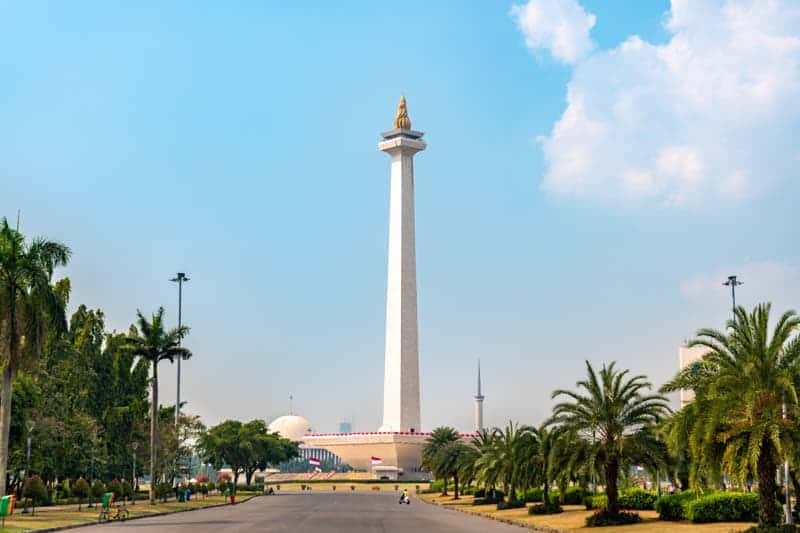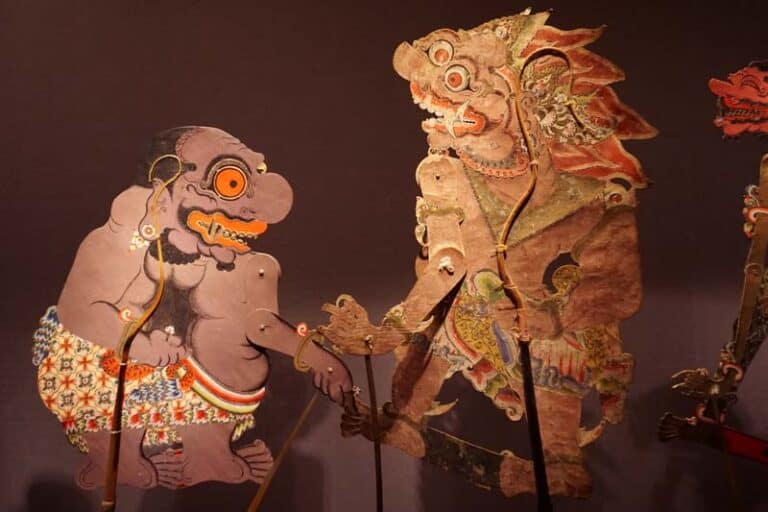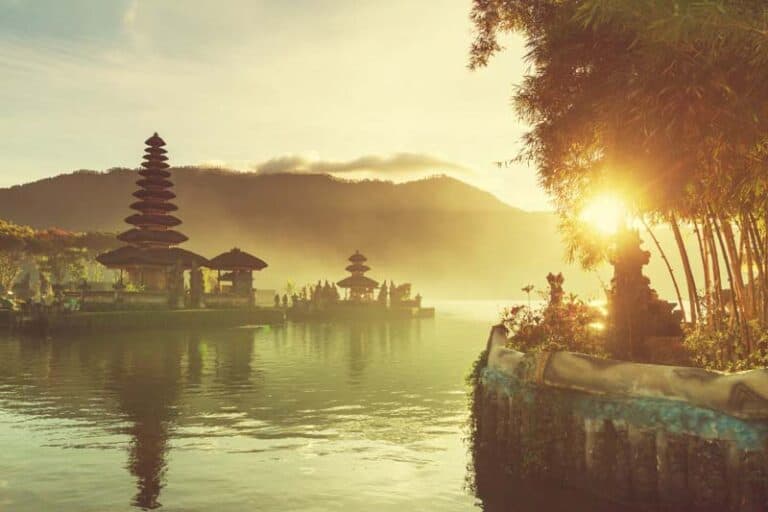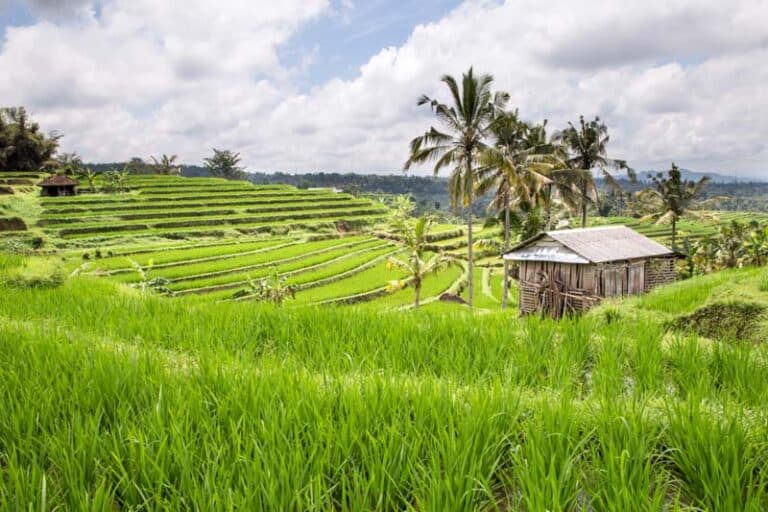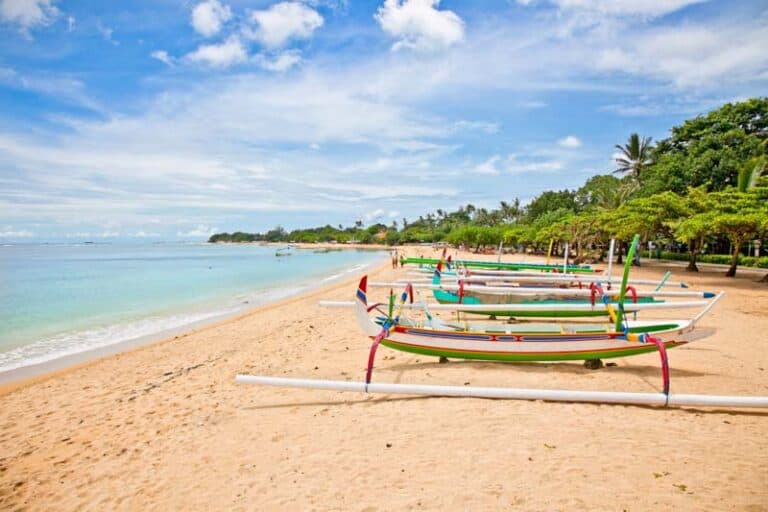Skyscrapers, elevated toll roads, cars – everything in Jakarta screams the definition of a “city.” Under all the city spotlights, however, lies hidden monuments that became the silent witnesses of Jakarta’s development. Only by seeing them, you can genuinely understand Jakarta and the progress it has made. Here is a list of monuments and historical buildings you can check out in Jakarta.
MONAS (Monumen Nasional)
Monas, the short of National Monument, is a 132-meter monument built to commemorate the patriots’ fight against Dutch East Indies to gain Indonesia’s independence. At the top, a bronze flame coated with gold illuminates its surrounding. The tall monument sits in the center of the city, reminding those who pass it of the patriots’ struggle.
You can not only take pictures but enter the monument. In the monument, you can see six dioramas that have different themes. The first diorama depicts the Stone Age and the formation of local kingdoms in Indonesia (such as Majapahit and Srivijaya). The second diorama continues the first one, now depicting the brutal wars the kingdoms went through.
The third diorama talks about Indonesia’s struggle against the Dutch East Indies and Japan. The Patriots’ fight to gain Indonesia’s Independence is depicted in the fourth diorama. It also tells the story of Indonesia’s activities internationally (such as joining the United Nations). The fifth diorama shows Indonesia’s political decision to join the Non-Aligned Movement. The sixth diorama has nothing to do with politics, as it tells the story of flight tests in Indonesia.
After exploring the dioramas, you can visit Ruang Kemerdekaan and listen to the Soekarno, stating the Proclamation of Indonesian Independence. After that, you can go up in the upper section of the monument and look at the view surrounding the monument.
Tugu Proklamasi
Tugu Proklamasi is another monument that commemorates the struggle the patriots went through for Indonesia’s independence. At the monument, you can see the figure of Soekarno and Hatta standing side by side, with the Proclamation text in the middle of the two notable figures. Everything is made of black marble, and the text is carved to resemble the original text as close as possible.
Besides the monuments of Soekarno-Hatta, there is Tugu Peringatan Satoe Tahoen Repoeblik Indonesia, which, as the name literally states, was built to celebrate Indonesia’s first birthday. The second monument is Tugu Petir. The monument is located at the position where Soekarno stood and read the Proclamation text to the entire world.
National Museum of Indonesia
Europe wasn’t the only place that went through the Age of Enlightenment in the 18th century. In 1778, Batavia (Jakarta’s older name) founded Bataviaasch Genootschap van Kunsten en Wetenschappen (BG), an independent group that focuses on research, archeology, physics, art, and other intellectual non-political topics. It housed several artifacts and discoveries, creating one of the very first museums in Indonesia.
Now, the museum stands tall as Museum Nasional Indonesia, housing at least 160,000 collections, the collections are divided into seven sections, with each section having a different theme.
The museum has two buildings. The first building is to showcase the collection. Meanwhile, the second building is used for exhibition, office building, conference, laboratory, and library.
Monumen Pancasila Sakti
Monumen Pancasila Sakti was built to honor Pahlawan Revolusi, political figures who were the victims of the 30 September Movement. Their statues were constructed in front of the Pancasila symbol, symbolizing their sacrifice to protect the ideology of Pancasila.
The monument is built on a complex specifically used to commemorate the generals’ sacrifices. There are six sections of the complex. The first section is the Museum Pengkhianatan PKI. The museum tells the history of PKI in the country and their attempts to change the country’s ideology from Pancasila to Communism.
The second to fourth section focuses on PKI and the murder of the victims. The second section is Sumur Maut, which is more well-known as Lubang Buaya. The extremely small well was used to get rid of the bodies of the victims. The third section is a house used to torture and murder the victims. For PKI leaders’ headquarters, they can been seen in the command post (fourth section).
The fifth section is the kitchen used by PKI. For those who want to see dioramas depicting the tragic night, they can go to Museum Paseban, which is the sixth section of the museum’s complex.
Masjid Istiqlal
Last but not least is the Masjid Istiqlal. The mosque is the largest in Southeast Asia. Not that its title is illogical, as you can see the mosque sitting next to Merdeka Square and Jakarta Cathedral from faraway. The mosque was built with Indonesia’s Independence in mind, as istiqlal means “freedom” in Arabic.
You can enter the mosque from one of the seven entrances named after 99 names of Allah. Inside, visitors can take a look at the dome that covers the praying hall. The dome has 45 meters diameter, symbolizing the year where Indonesia gained its independence – 1945.
Besides the dome, there are many hidden symbols within the mosque. An example of the symbol is the number of floors it has. The mosque has five stories, which represent the Five Pillars of Islam. There is also the 66.66 meters minaret that symbolizes the 6,666 verses of the Quran.
